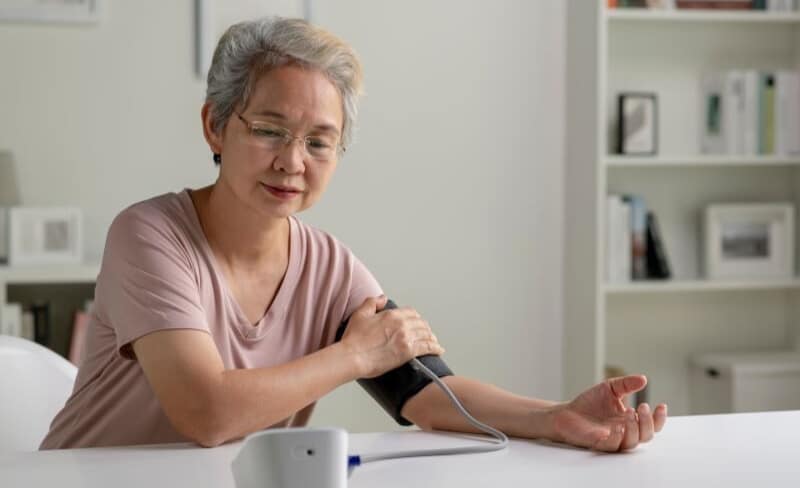Remote patient monitoring (RPM) has significantly enhanced how healthcare providers manage patient care. By leveraging remote patient monitoring software, healthcare professionals can continuously monitor patients’ health, leading to timely interventions and improved outcomes. In this blog, we’ll explore one of the top RPM solutions, focusing on how it works, the profitability, and one of the leading companies in this field.
How Do RPM Services Work?
Remote patient monitoring uses digital devices to collect vital sign data from patients in non-clinical settings, which is then transmitted to healthcare providers for monitoring and analysis. Common RPM devices include cellular-enabled blood pressure monitors, glucose meters, and weight scales. These devices help manage chronic conditions by providing real-time data to healthcare professionals.
Examples of remote patient monitoring include using glucose meters for diabetes management or blood pressure monitors for hypertension. For example, a patient could use their cellular-enabled glucose meter to check their blood sugar daily. This device automatically sends the readings to their doctor’s office, where it is reviewed in real-time. If any readings are outside of the normal range for this patient, the software can alert the doctor, who can then immediately adjust the patient’s treatment plan and provide timely feedback to manage their condition effectively.
The benefits of remote patient monitoring are numerous: early detection of potential health issues, fewer hospital admissions, better medication adherence, and increased patient engagement. To return to the diabetes example, a study published in the Journal of Medical Internet Research found that RPM can help with diabetes management by increasing adherence rates and enhancing glycemic control. Patients who were engaged with the process, transmitting data on at least 120 out of 150 days, experienced a notable decrease in mean blood glucose levels over a 5-month period and improved variability in blood glucose levels.
Are RPM Services Profitable?
Yes, remote patient monitoring is typically profitable for healthcare providers as it can significantly lower healthcare costs. RPM reduces the need for hospital readmissions and emergency room visits, which are major cost drivers. Providers can manage more patients efficiently, increasing revenue through better resource allocation and higher patient retention.
Financially, RPM offers a substantial return on investment. Programs like those offered by TimeDoc Health have demonstrated a 15% improvement in blood pressure control and 90% patient retention in virtual care management programs. Additionally, RPM can yield significant reimbursements, with providers typically receiving about $167 per patient per month. This financial benefit, along with improved patient health, underscores the profitability of RPM for healthcare providers.
What Is the Most Popular Remote Patient Monitoring Software?
Remote patient monitoring software is essential for collecting, analyzing, and acting on patient data. TimeDoc Health’s RPM platform is a leading solution in this field. The software integrates seamlessly with existing electronic health records (EHR), ensuring accurate and efficient data handling.
The platform features real-time data analytics, customizable alerts, and comprehensive care coordination tools. This enables healthcare providers to continuously monitor patient vitals, set personalized health thresholds, and receive instant alerts if any readings deviate from the norm. The platform’s user-friendly interface and automatic data collection simplify healthcare workflows, making it easier for providers to deliver proactive and efficient care.
Transform Your RPM Services With TimeDoc Health
In discussing remote patient monitoring, we’ve highlighted its ease of use for patients and the automatic real-time transmission of their health data. However, managing and utilizing this influx of data effectively is crucial for healthcare providers. This is where remote patient monitoring software and solutions like those from TimeDoc Health play a vital role.
Our platform integrates seamlessly with electronic health record (EHR) systems, ensuring that data from various RPM devices is collected, organized, and stored efficiently. One of the standout features of TimeDoc Health’s RPM software is its real-time data analytics, which monitor individual health metrics and alert providers to any abnormalities promptly.
For more information about TimeDoc Health’s RPM platform and virtual care services, contact us to start the conversation about how we can help make remote patient monitoring a reality for your practice and its patients.




